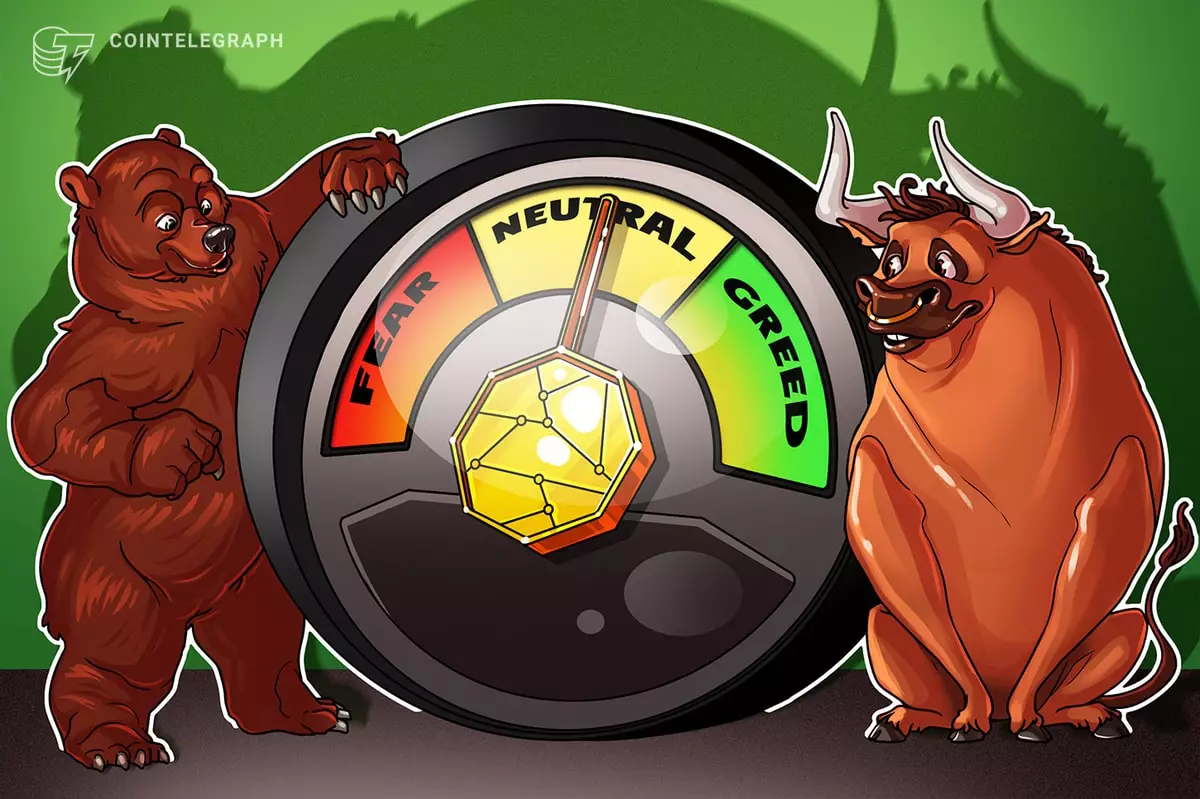The decentralized finance (DeFi) market has proven to be one of the most exciting and volatile sectors in the cryptocurrency industry, second only to Bitcoin (BTC). In 2020, the DeFi sector experienced a monumental bull market, with the total value locked (TVL) in decentralized finance protocols soaring from $1 billion to over $100 billion. However, as with any emerging market, the DeFi sector has also experienced significant corrections. In 2021, the market saw a correction that caused the TVL to plummet from $100 billion to $40 billion. Despite this volatility, traders have found ways to identify when the DeFi sector is poised for sustained bullish momentum. In this article, we will delve into three key metrics that can be used to gauge the health of the DeFi sector and potentially predict the emergence of a new bull market.
One of the most widely used metrics to measure the overall health of the DeFi ecosystem is TVL. This metric represents the total amount of cryptocurrency assets locked in DeFi protocols. When the TVL rises, it indicates an increase in demand and use of DeFi services, which can signal a bull market. Although the current TVL is slightly below its peak in 2023, reaching $52.9 billion on April 15, it has been steadily rising since the beginning of the year. Since January 1, the TVL across the crypto market has increased by $7 billion, surpassing $45 billion. This upward trend suggests growing interest and confidence in the DeFi sector.
Another important metric to consider is a platform’s fee revenue. This metric measures the amount of fee revenue earned by blockchains for facilitating transactions. Layer-1 blockchains play a crucial role in the DeFi ecosystem as they enable the development of decentralized applications (DApps) where users can interact without a centralized intermediary. When the fees on layer-1 blockchains increase, it indicates a rise in interest in DeFi and suggests that traders are actively utilizing DApps to engage with blockchains. Over the past 30 days, the top 16 layer-1 blockchains by market capitalization have all experienced a positive increase in fees. In particular, Ether (ETH) has seen a whopping 30-day fee total of over $2.2 billion when annualized. This surge in fees reflects the growing adoption and utilization of DeFi applications.
The number of non-zero wallets holding tokens is another crucial indicator of the health of the DeFi sector. This metric represents the number of individuals actively participating in the crypto space. An increase in the number of non-zero wallets suggests a rising demand for cryptocurrencies, which can be an indication of a bull market. Non-zero wallets are considered a reliable gauge of demand, as users are likely to hold a crypto token only if they believe it will appreciate in value or if they actively engage with a specific protocol. Examining DeFi tokens specifically, the number of non-zero addresses reached an all-time high of 1.1 million on November 8. To put this into perspective, on the same day in 2020, there were only 267,180 non-zero wallet addresses. This exponential growth in the number of non-zero addresses demonstrates the increasing interest and participation in the DeFi sector.
The DeFi market is a dynamic and rapidly evolving landscape. While it has experienced its fair share of volatility, traders and investors can employ various metrics to gauge its overall health and potentially identify the emergence of a new bull market. By monitoring metrics such as the TVL, platform fee revenue, and the number of non-zero wallets, market participants can gain greater insights into the DeFi sector and make more informed investment decisions. As the DeFi market continues to mature, it is essential to carefully consider on-chain metrics and other macro factors to navigate the ever-changing landscape of decentralized finance.


Leave a Reply